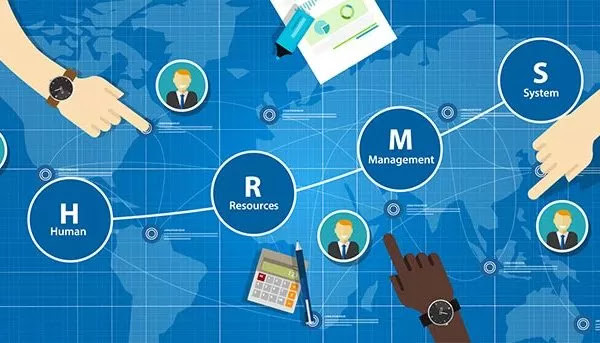Why Do we Need a Human Resource Management System?
At a time when we are seeing digitization and automation address most of our changing individual and organization needs, a management system based on old-school processes will no longer be effective in hiring and managing human resources efficiently.
The widening Functions of HR in organizations has almost hammered home the importance of having a robust, integrated, and automated system in place that would not just tick check boxes against hiring and payroll but also ensure holistic well-being of people to make positive people and business impact.
What is HRMS?
Human Resource Management System is a one-stop solution to tend to all human resource related needs starting from basic record keeping, recruitment and onboarding to training, engaging, and retaining of employees. It helps organizations take a more purpose-driven and sustainable approach to manage workforce better with the changing needs and the evolving labor market while also reducing cost and ensuring business value.
What are the benefits of using HRMS?
Here are some of the key areas wherein HRMS plays a vital role:
Efficient data management – HRMS helps save paperwork as it stores and manages employee data as well as information on background, benefits, enrollment, verification etc. Since the data is stored centrally, getting access and tracking any human resource related information becomes easier.
Payroll management - HRMS takes care of all things payroll related which includes salary payouts, tax deductions, leave encashments and other benefits. It can be used to manage payrolls of employees located indifferent geographies.
Onboarding and verification – HRMS tools eliminate the manual process and help with digital onboarding which speeds up the process. An efficient HRMS software also offers fast and accurate verification of candidates.
Attendance and time management – With an integrated attendance system, HRMS offers easy access to the leaves database of employees which makes the process transparent.
Workforce planning – A smart HRMS tool also helps with planning and budgeting for workforce costs and identify skill gaps and create succession plans for recruitment.
Employee performance management – HRMS enables easy tracking and managing of employee performance. It offers 360-degree real-time review which helps employees get a comprehensive report with their strengths and areas of improvement.
Remote communication – HRMS can be used to put out internal communications and to connect with employees to address their queries and doubts. Employees can access information remotely through the tool without having to reach out to the HR team.
Employee development – Advanced HRMS tools come with employee development programs which are meant to upskill employees and keep them up to date with new developments in the industry. It helps in skill development to stay relevant and improves employee retaintion.
Data security – A powerful HRMS tool doesn’t just streamline HR processes but also offers data security given that all the information is stored in one single database. This helps cut down on unwanted risks and human errors around employee data.
A robust end-to-end HRMS tool ensures that enterprises lead with a purpose and generate business value in a seamless manner.
In conclusion, the importance of HRMS can’t be overlooked today. It comes with great ROI in a short period of time and leaves a happy sustainable workforce. And we all know that a happy workforce is key to any organization’s success.



Comments
Post a Comment